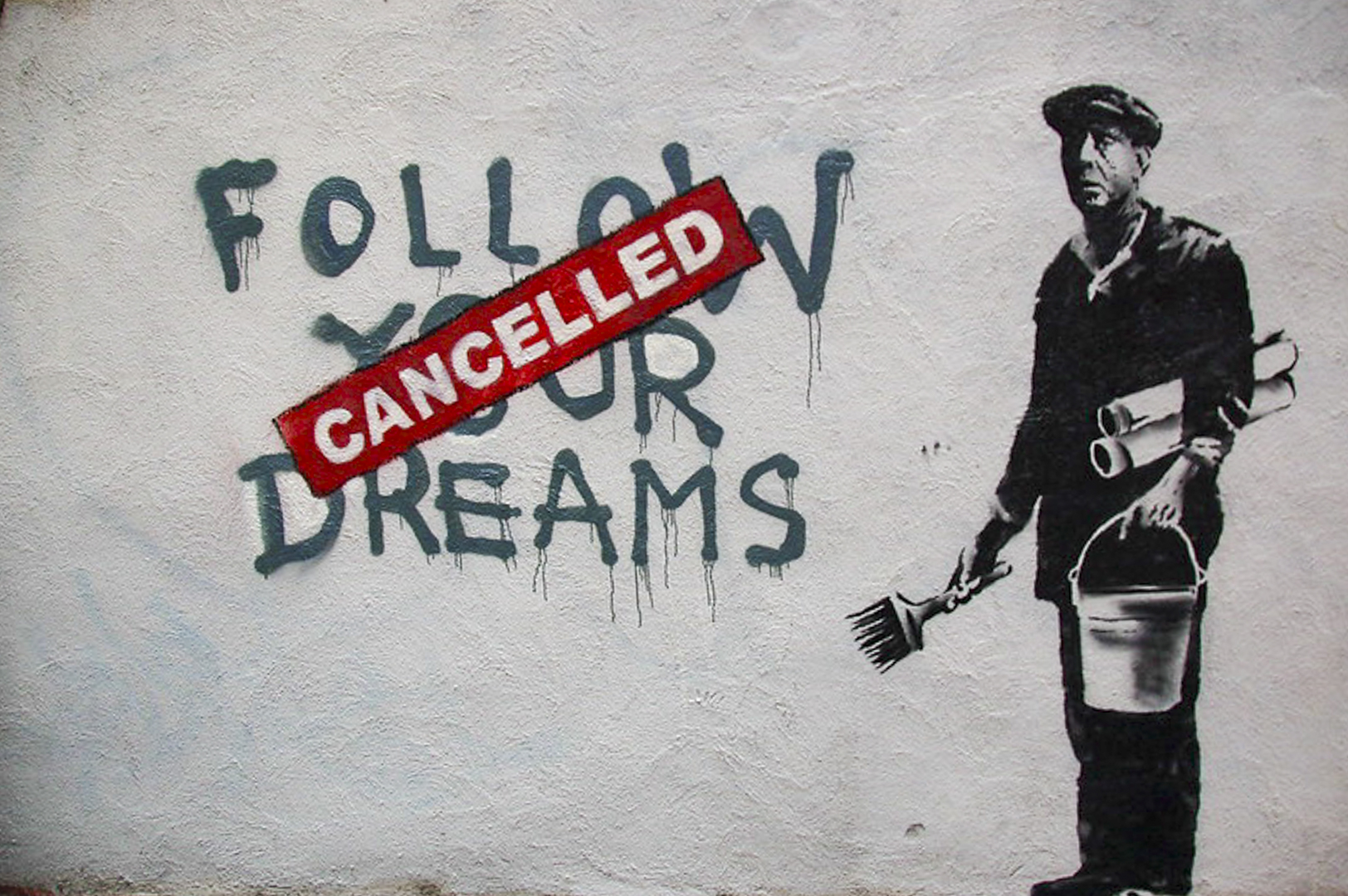Excerpt:
When you’re a teenager, everything can feel like a crisis. But for these teenagers living in areas around the world affected by climate change, the sense of growing crisis is real — not in some hazy future but today, disrupting their adolescence in ways both large and small…
In June, after much negotiating with their parents, Lucy Currie and three of her friends went solo camping for the first time. Growing up in Jasper, Alberta, at the edge of a vast national park, Currie has explored the backcountry since she was a little kid, but never without adults. The group set up their tent, roasted hot dogs and played card games late into the night, while one friend’s dad camped nearby just in case. “It was so much fun,” Currie says.
A few weeks later, wildfires swept through Jasper National Park, burning over 81,000 acres and ravaging the town of Jasper. Currie found out about the evacuation order while she and her family were on a weeklong vacation; soon after, she learned that the fire had consumed her home and her grandparents’ house next door. “I was in shock,” she says. Normally an overpacker, Currie had been proud to bring just one backpack and one stuffed animal; now, everything else she owned was gone. “It sounds kind of dumb, but I was just sad about what I had collected on my walls,” she says. “I had so many pictures, like Polaroids of me and my friends, and random cutouts from magazines.”
Currie is back at school now, although with about a third of the town’s buildings destroyed, life doesn’t feel back to normal. Her family is living in a rental that’s half an hour outside town, which means she has to ask for a ride anytime she wants to meet up with friends. “I have to plan everything ahead,” she says.
Currie is still grappling with what she lost, including her ability to turn away from climate change. “I’ve always heard of other towns being affected,” she says, “but it was just a passing thought…”









